Mount Amiata, what to see: itinerary in 10 steps
Mount Amiata: an extinct volcano in the heart of Tuscany now an authentic paradise for lovers of the outdoors. Amiata, with its nearly 1,800 meters (6,500 feet) of height, stands imposingly tall over this corner of Tuscany and from its summit offers spectacular views of the Maremma, the Sienese hills and Lake Bolsena. During the winter, Amiata is a popular ski resort that attracts many enthusiasts from all over central Italy, but in the summer it is no less so. Walking among the centuries-old chestnut trees that cover its slopes is a unique experience, and there are numerous trails here for trekking and mountain biking enthusiasts. However, there are also many villages scattered among the valleys and slopes of Amiata that deserve a visit among medieval castles, ancient churches and the ubiquitous traces of mining. Here are 10 must-see stops on your journey to discover Amiata.
1. The village of Seggiano
Nestled among olive trees, Seggiano is a village of just over a thousand inhabitants that lies between Mount Amiata and the sea. Here there has always been a perfect microclimate for the growth of olive trees and, not surprisingly, one of Tuscany’s most famous oils is produced in Seggiano. Among the alleys of this ancient town, however, there are numerous monuments that are worth a visit starting with the ancient walls that embrace and protect the entire historic center. Not to be outdone are also the churches of San Bartolomeo and the Compagnia del Corpus domini, as well as the oratory of San Rocco, the Colombaio convent and the sanctuary of the Madonna della Carità. It only takes a few kilometers to find the splendid Potentino Castle.
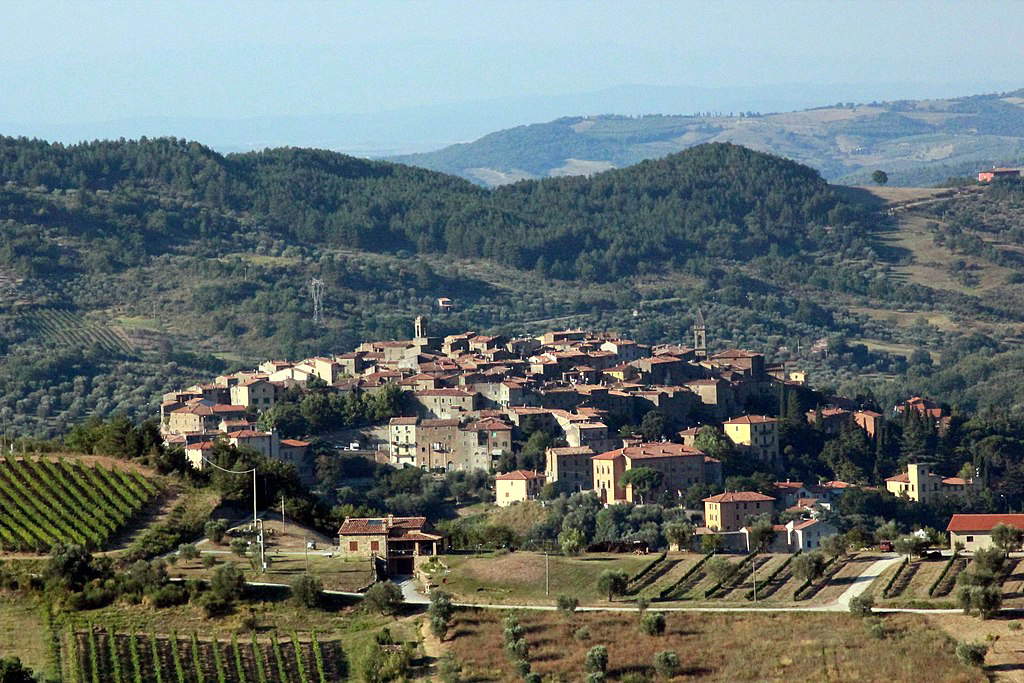
2. The Garden of Daniel Spoerri in Seggiano
A large park in the heart of Tuscany literally littered with wonderful sculptures. The Garden of Daniel Spoerri is the gift that the Romanian naturalized Swiss dancer, painter and choreographer, famous above all for his trap paintings, has made to this lush land. In the large garden that bears his name on the outskirts of Seggiano since the late 1990s there are many contemporary art sculptures that blend perfectly with the environment of the Tuscan hills. Step by step here one can retrace the stages of Spoerri’s artistic career, which has never ceased to enrich the garden with installations that are usually presented to the public on Easter Monday when the new season is traditionally inaugurated with a big picnic.
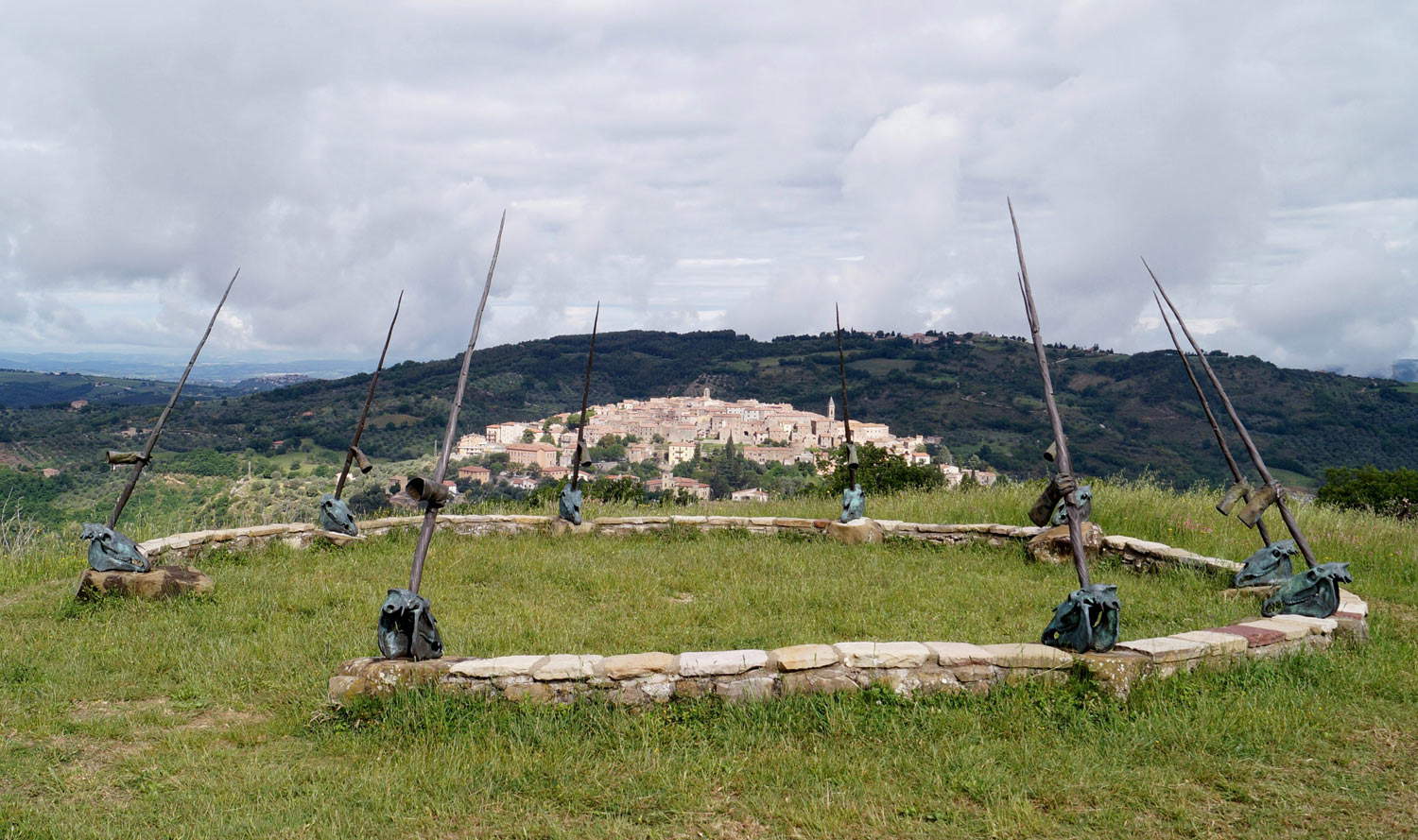
3. The village of Santa Fiora
Perched on a cliff in the southern part of Mount Amiata, Santa Fiora is a small village surrounded by greenery literally full of artistic and architectural beauty. The oldest part of the village is the terziere of the castle where the Aldobrandesque fortifications still stand, which can be visited while always being able to admire the wonders of the Tuscan landscape in the background. Also not to be missed is the discovery of the 17th-century Clock Tower and the palace of the Sforza Cesarini counts, not to mention the wonderful parish church of Saints Flora and Lucilla. This is the most important church in the village, inside which is housed a collection of terracotta works by Andrea Della Robbia.
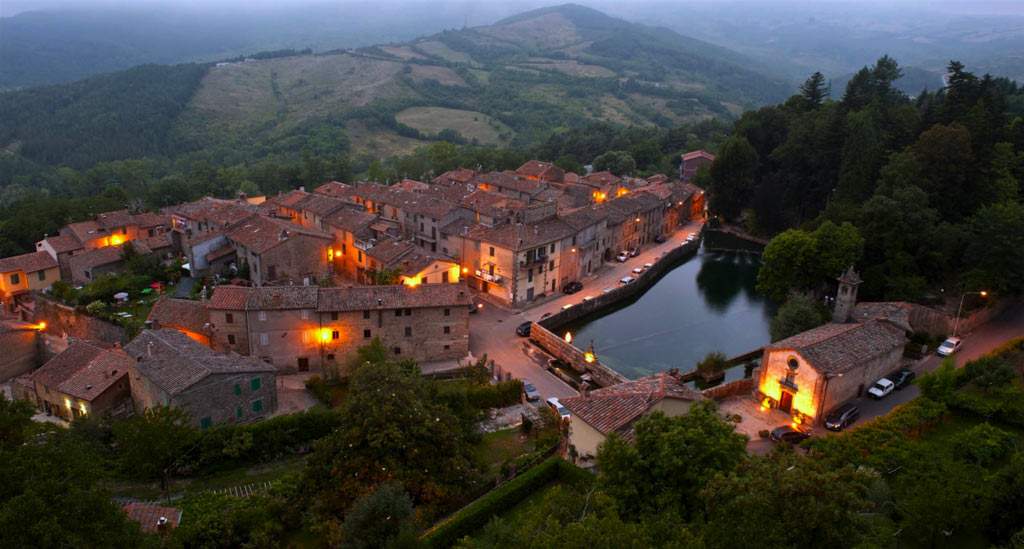
4. The Mercury Mining Museum of Santa Fiora.
In the heart of the village of Santa Fiora are preserved evidence of what has long been the main resource of these lands, mercury, to extract which the people of the Amiata faced great sacrifices. In the rooms of the Mercury Mines Museum, visitors will be guided step by step to discover the past of these lands through a wealth of historical documentation that seeks to revive ancient and modern conditions of work, social organization and the development of the mines as well as illustrating the toil and risks involved in this work.
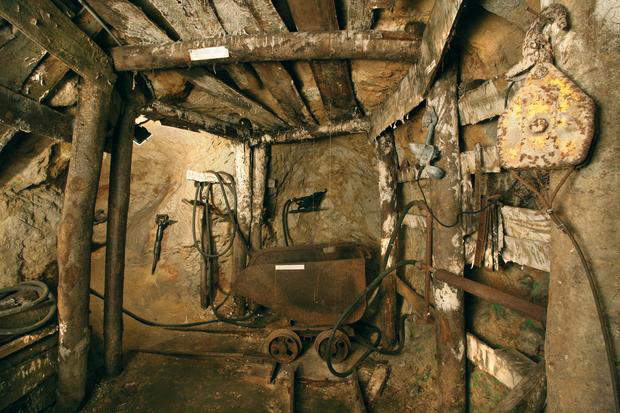
5. The village of Piancastagnaio
The fortress, the churches, the narrow medieval streets: Piancastagnaio is a jewel from which one can overlook with one’s gaze miles of plains on the southeastern slope of Mount Amiata. Its historic center, still perfectly preserved, develops around the castle and then slopes gently down into the valley. The symbol of Piancastagnaio, yesterday as today, is the splendid Rocca Aldobrandesca whose construction is dated between the 13th and 14th centuries although it was later rebuilt and reinforced at the end of the 15th century. Perfectly restored, the Rocca is today one of the best examples of architecture of the period that can be admired in all of Tuscany.
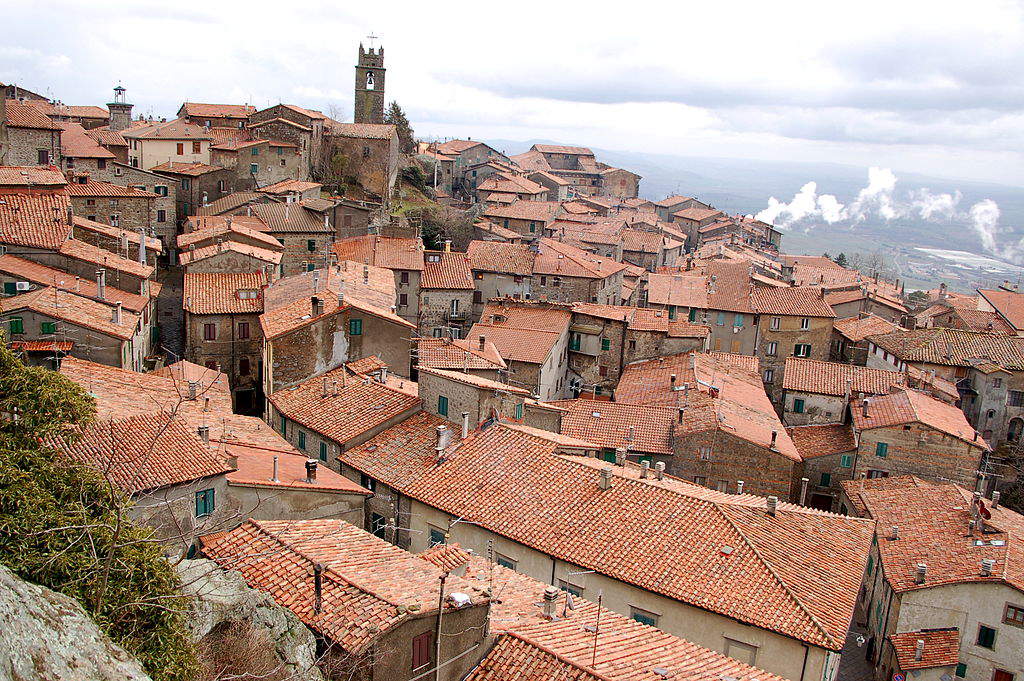
6. The parish church of Santi Stefano e Degna in Castiglione d’Orcia.
One of the most interesting monuments in the entire area is undoubtedly the ancient parish church of Santi Stefano e Degna in Castiglione d’Orcia. Behind its beautiful 16th-century facade, where the portal, a typical example of Sienese Renaissance architecture, stands out, are preserved numerous works of art including 14th-century paintings and valuable frescoes. Also of particular value is a large panel painting, dated 1531, of the Madonna Enthroned with Child and Saints by Giovanni di Bartolo. Finally, three important panels attributed to Simone Martini, Pietro Lorenzetti and Vecchietta, now transferred to the Pinacoteca in Siena, were kept here.
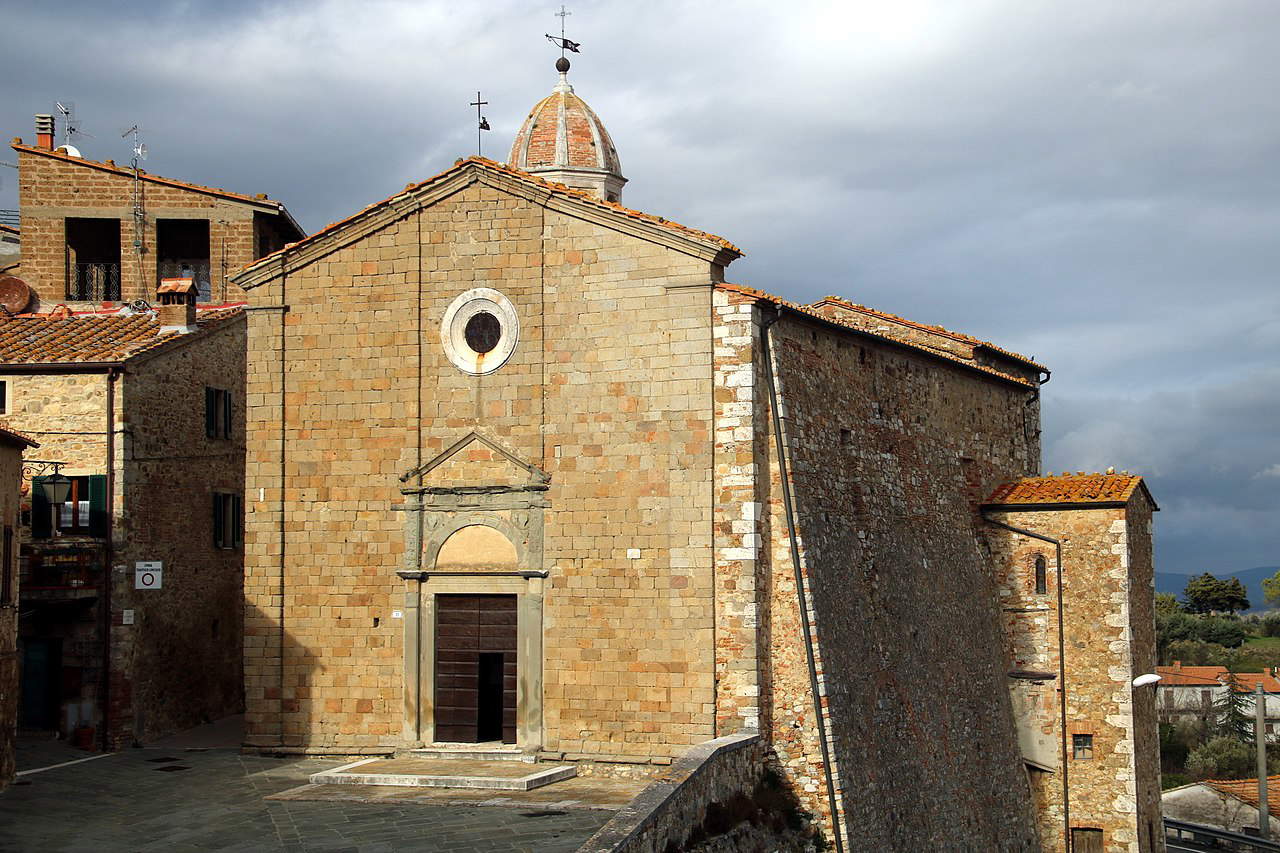
7. The Museum of Oriental Art and Culture in Arcidosso.
A piece of the Far East in the heart of Tuscany. As unusual as it is absolutely fascinating is Maco, Arcidosso’s Museum of Oriental Art and Culture. This large exhibition space, housed in the eighteenth-century palace of the former chancery, part of Arcidosso’s Castello Aldobrandesco, gathers in its rooms the fruit of a work that has been going on for more than thirty-five years between the City ll Museum of Oriental Art and Culture of Arcidosso,and is the result of the collaboration between the Grosseto municipality and the cultural association Dzogchen Community of Merigar, founded by Namkhai Norbu, for thirty years professor of Tibetan and Mongolian language and literature at the Oriental University of Naples. On display here are more than five thousand Oriental art objects and ethnographic artifacts contained in the Namkhai Collection.
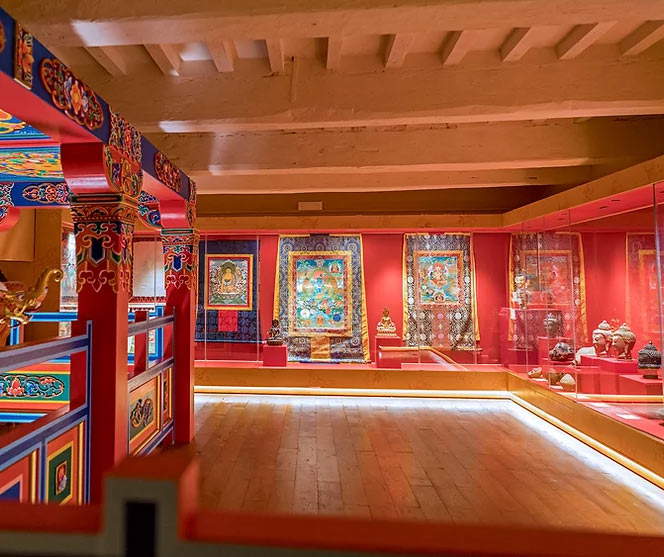
8. The Aldobrandesque Fortress of Arcidosso
Arcidosso, on the slopes of Mount Amiata, is home to one of the oldest, and best preserved, medieval castles in Italy and Europe. The origins of the Rocca, the authentic symbol of the town, are traced back as far as the 10th century, and its development and transformations are now well described in a renewed archaeological-artistic itinerary. Also during the visit, it is then possible to learn more about the architecture and town planning of the medieval towns of Amiata and the Fiora Valley and the formation of the Aldobrandesca county, the historical ancestor of the present province of Grosseto. Archaeological finds from the site of Castel Vaiolo are also preserved.
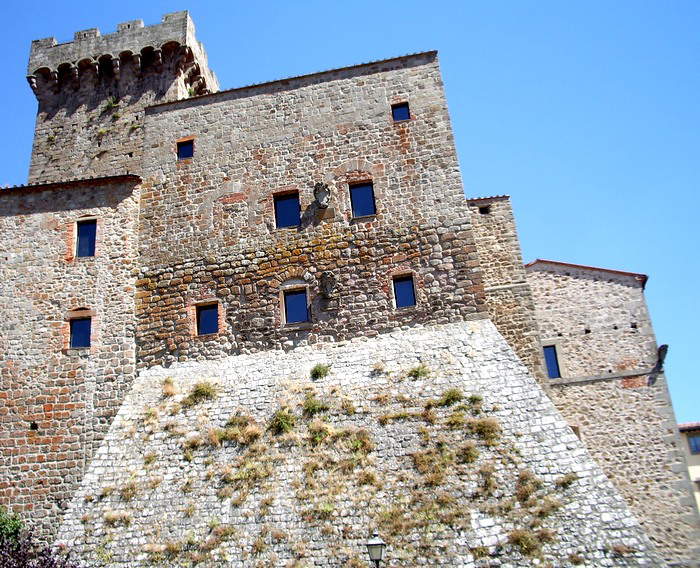
9. Nerucci Palace in Castel del Piano
The cultural center of Castel del Piano, this beautiful 16th-century building houses several art collections inside that have been put together over the years. These are collections of different genres ranging from portraits of the illustrious men who contributed to the growth of the town, through a series of 18th-century works to the Edoardo Cei Pinatocea. Here are preserved paintings, billboards, caricatures and posters made by the artist when he was at the beginning of his career and which tell of a now forgotten, but authentic and beautiful Italy and Tuscany.
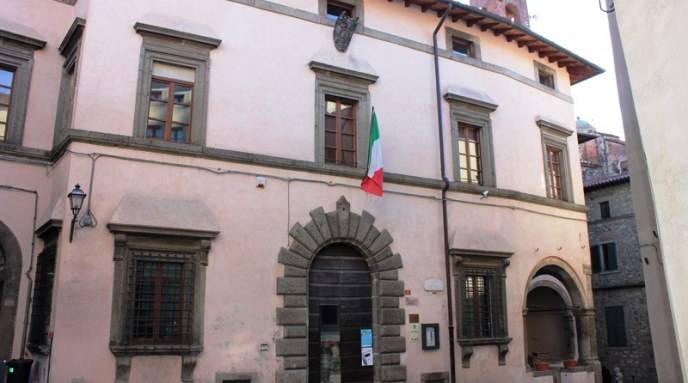
10. The Villa Sforzesca in Castell’Azzara.
This splendid 16th-century palace is the work of two of Gian Lorenzo Bernini’s pupils, Domenico and Giovanni Fontana, and was commissioned by Cardinal Alessandro Sforza as his summer residence. The villa, which can now be visited by reservation over the centuries, has faced gradual deterioration several times, only to be restored and improved at each change of ownership, however, so much so that it even hosted Grand Duke Leopold II several times. The last major restoration, however, was in conjunction with the Jubilee of 2000, which restored the villa to its former glory. Today, behind the facade is a courtyard where some ruins are visible, while inside there are traces of late 16th-century and Baroque decorations and frescoes.
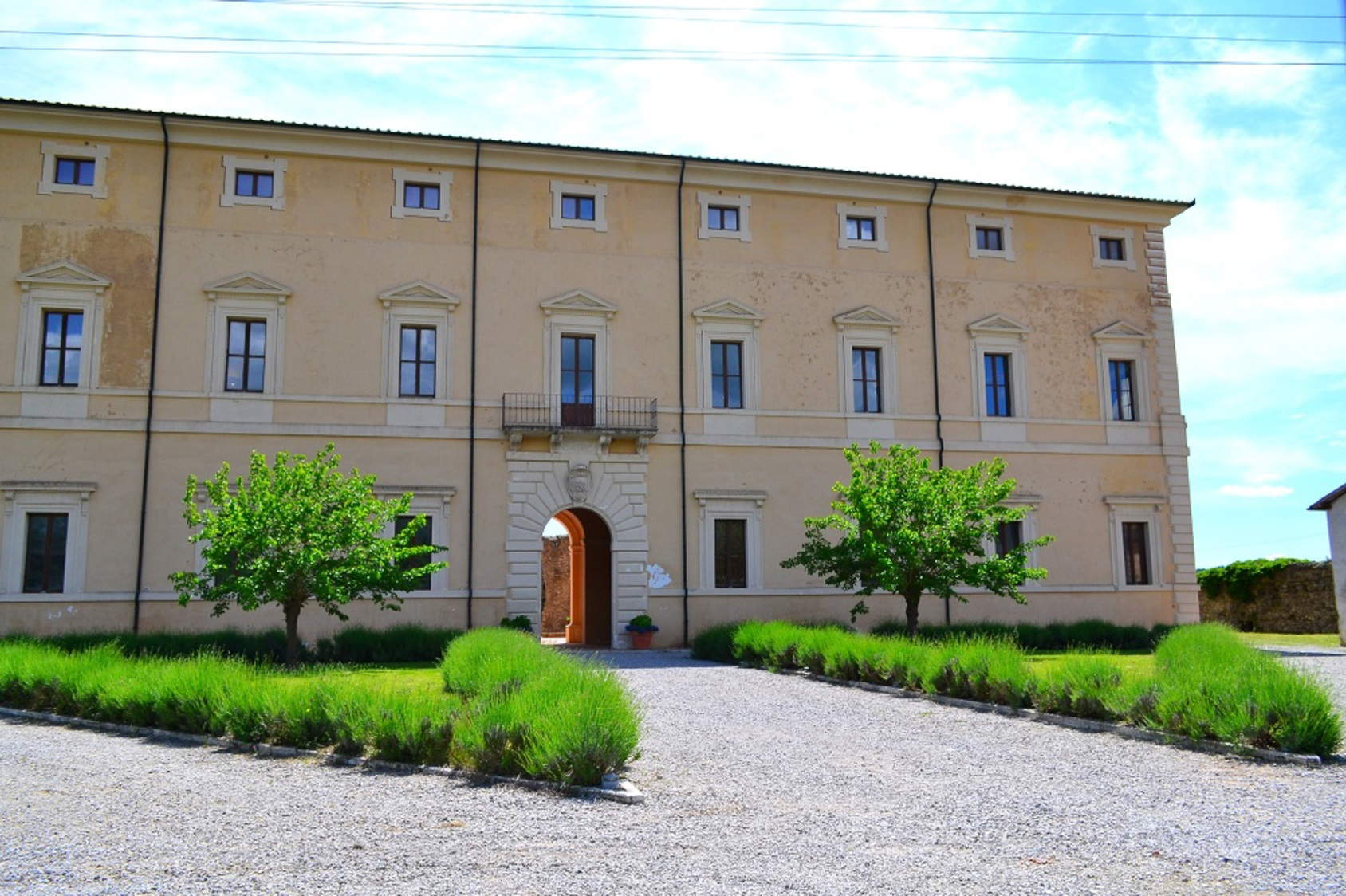
 |
| Mount Amiata, what to see: itinerary in 10 steps |
Warning: the translation into English of the original Italian article was created using automatic tools. We undertake to review all articles, but we do not guarantee the total absence of inaccuracies in the translation due to the program. You can find the original by clicking on the ITA button. If you find any mistake,please contact us.



























